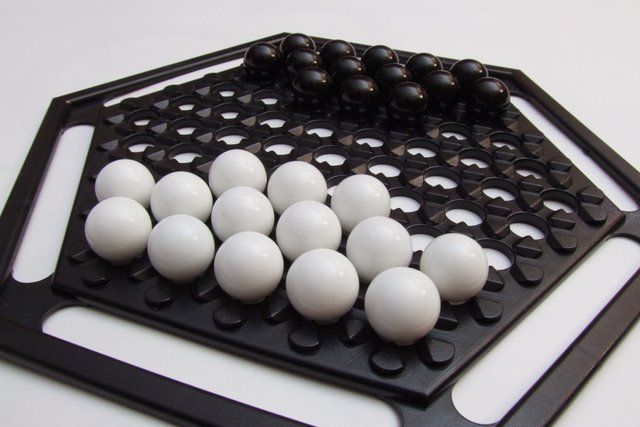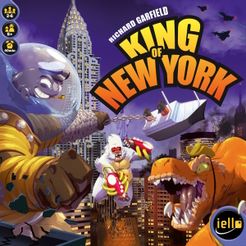/pic2382123.jpg)
BACKGROUND: Ascension is a deck builder for 1-4 players or teams and published by Stone Blade Entertainment. Players defend the world of Virgil to collect resources and slay
GAMEPLAY: Each player takes a standard deck shuffled, and draws 5 cards. On their turn, they may play any cards in their hand to gain either Runes (Triangles), Power (Red Swords), or Honor Tokens (Black Star). Honor tokens are gathered from the Honor pool, while Runes and Power disappear at the end of the turn. If a players deck runs out of cards, it is reshuffled once a card is needed to be drawn.
RUNES: There are 6 cards in the Center Row. In it are Hero cards, Constructs, and Monsters. To acquire either Heroes or Constructs, players must spend a number Runes indicated in the top right of the card, and are put into the players discard. When a Hero plays a Construct from their hand, it is put in front of them permanently. Constructs can only be used on your turn.
/pic773009.jpg)
POWER: To defeat a Monster, players spend an amount of Power equal to the number in the top right. The monster is then put into the Void zone in the center of the table. Voided cards are no longer in use in the game. Most monsters will also have a reward once defeated.
WINNING: There are 30 Honor tokens in the honor pool for each player. Once any card gives a player an effect or reward for Honor, they collect that many in the pool. Once the pool runs out, the players continue until the player who started would go first, while collecting any additional Honor from the box. Players total up the number of Tokens and the numbers on the bottom left of any cards purchased. The player with the most Honor wins.
CONCLUSION: Ascension is a deck builder, plain and simple. The mechanics and scoring system are exactly what you'd expect from a deck builder. The art is nice, and it does feel like there is a bit more theme than Dominion. But other than that, it is a decent game, it just feels similar to a lot of other deck builders, with not much real deviation from the formula.

/pic685843.jpg)


/pic2203038.jpg)
/pic70446.jpg)
/pic564074.jpg)
/pic3678116.jpg)
/pic1547774.jpg)